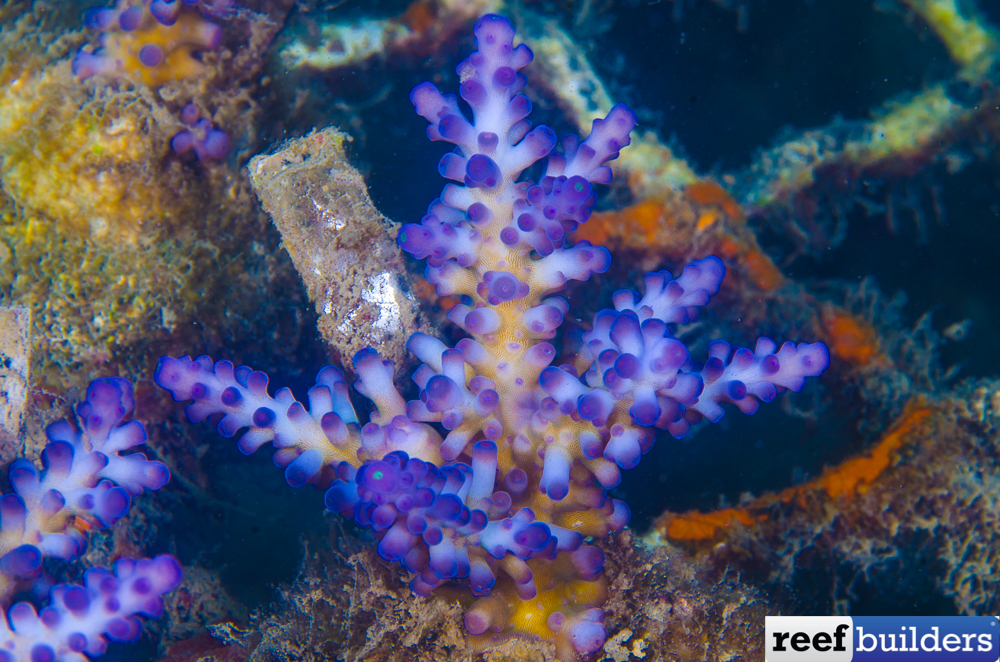As the old adage goes ‘if it’s too good to be true, then it probably isn’t’ and this wholly applies to many different corals being classified as maricultured. Everyone who deals in and sells corals should be aware of what ocean grown corals really look like but it appears that many in the coral supply chain are suffering from selective memory
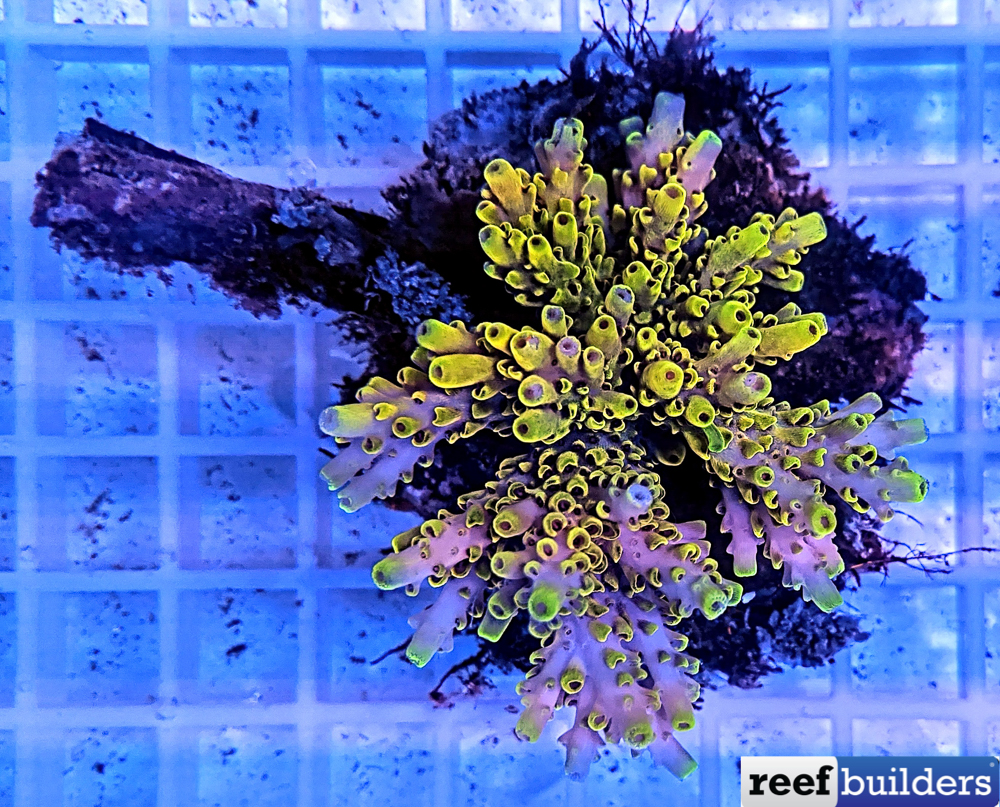
More restriction on wild collection:
While the Australian wild coral collection industry is in the process of revising their coral quota system, tons of specifically slow growing, small collection area, single polyps are going to be counted per piece, thus greatly reducing the total numbers that will be able to be exported. Meanwhile the Indonesian wild collection industry seems to have fallen in the shady grey area where nobody seems to know what will really happen in the near future.
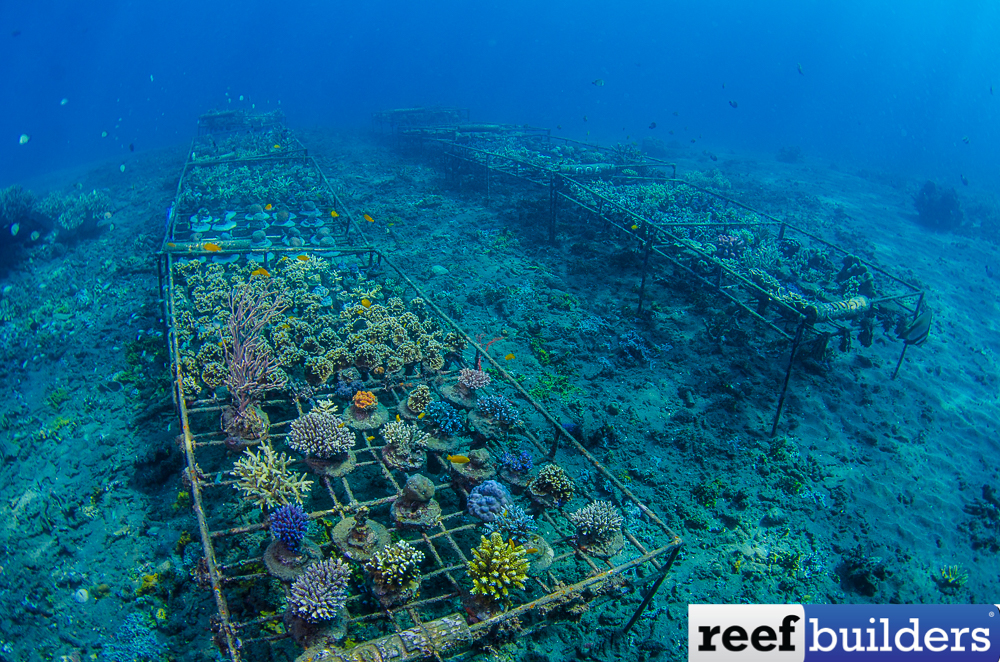
It’s hasn’t even been two years since the Indonesian coral industry was reopened after being shut down for two years so it’s quite surprising that all recent history has been deeply pushed under the rug, nothing to see here, move along, it’s business as usual. The prices of maricultured corals seems to be going down, and great news . . . the bases of these farmed corals now come sparkling clean, almost as if they’ve never been in the ocean . . .
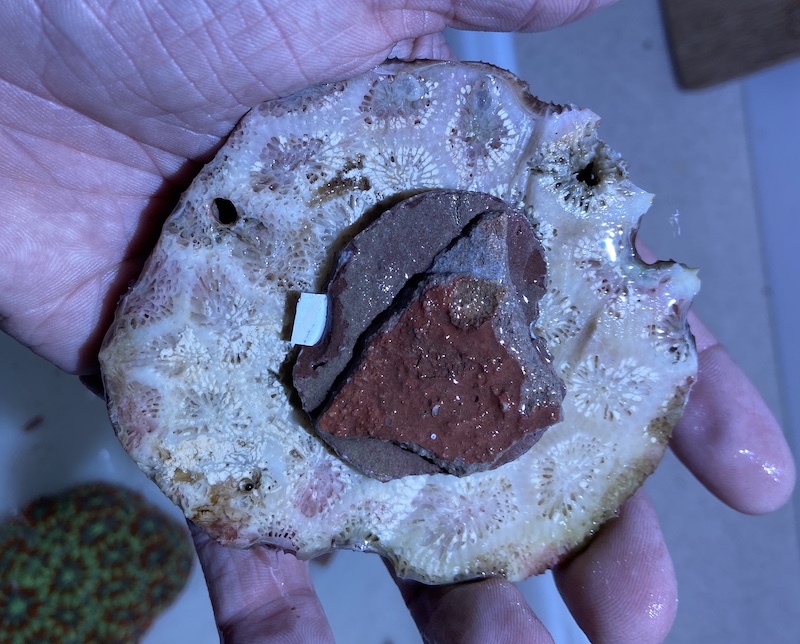
I’m always surprised by people who have been dealing with or growing corals for many years, don’t find it suspicious when their ‘farmed corals’ come with bases that are perfectly clean, spotless, as if they were just poured yesterday. Even though these aquarium businesses are growing corals, they perfectly know how fast algae colonizes substrate, and how impossible it is to perfectly clean them.
Or how coral encrust bases, which shape they grow into, and are not surprised when it doesn’t look like a piece of the reef full of colonizers and encrusting critters. There are plenty of corals which don’t encrust their base, but do they also inhibit algae or any life from growing on it too?
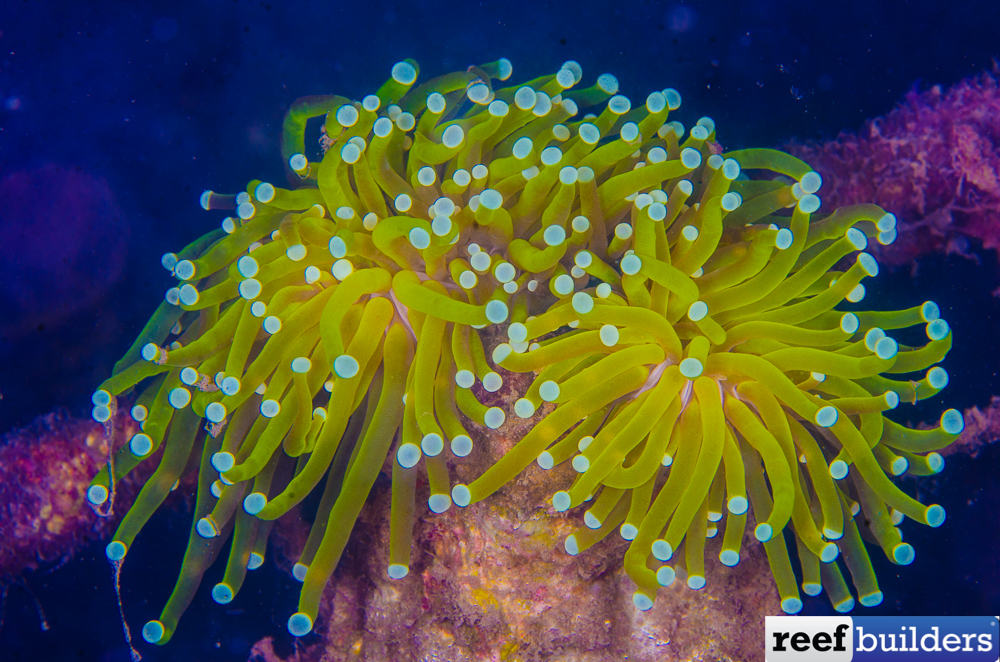
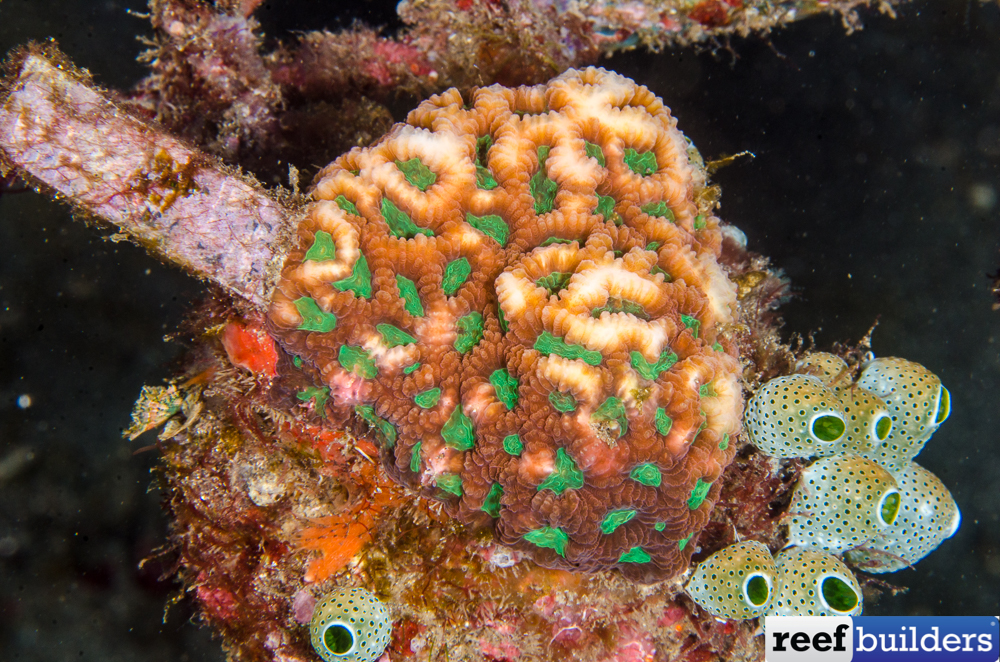
Quick reminder:
Indonesian Maricultured corals are separated in three categories depending of their growth rate, 4 to 6 months, 8 to 12 months, or 20 to 24 months. We all know what a concrete base should look like after just a few months in the ocean but unfortunately, there are far too many corals being exported under a maricultured permit which look like they haven’t spent even few days in the ocean let alone a year or more.
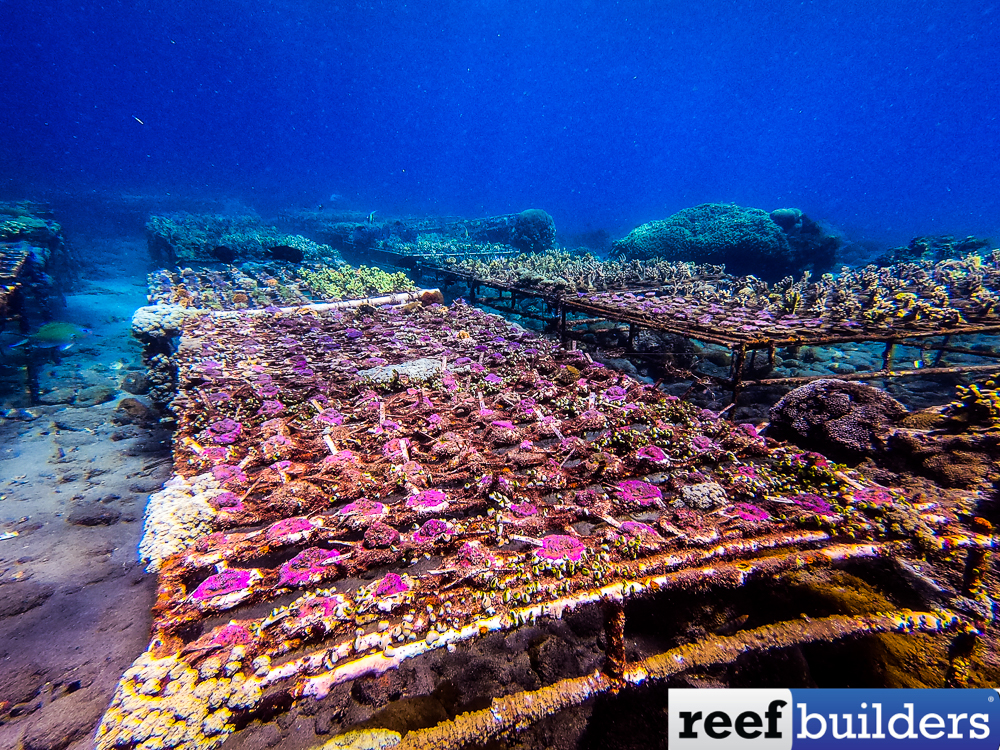
Too good to be True:
A large polyp stony coral will take months just to heal from being fragged so if you can still clearly see how it’s been cut, it probably wasn’t maricultured properly or at least not long enough. So if cheap Indonesian Mariculture Corals flooding the market at a very interesting price seems too good to be true, is someone taking short cuts? Has someone found a solution to grow corals within few days without even needing equipment or diving?
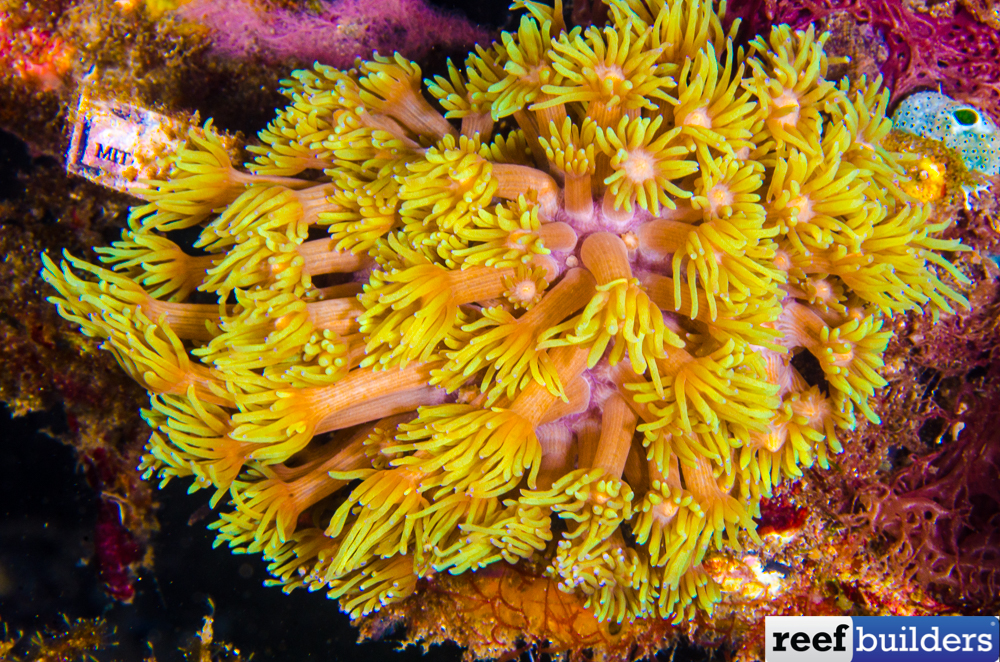
Armed with this information of how farmed corals should really look, it’s now up to us: do we want to enjoy our hobby on the long run, or do we just want to make a quick buck? Of course, if a maricultured coral is expensive that doesn’t mean it’s legit, but the other way around probably means it’s not.
Most reefers can see by themselves, and can recognize on their own which colonies are authentic maricultured corals which have spent time in the ocean. It’s up to us to make good choices as consumers and support dealers which only carry authentic maricultured produced in a sustainable way so that we can be good stewards of the reef environment and prevent the kind of shenanigans that closed down Indonesian coral exports in the first place.


